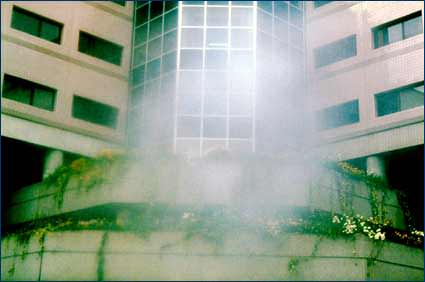Cataracts in Children of Lancaster
- Home
- Cataracts in Children of Lancaster
Also Serving Patients in Lititz, Elizabethtown, and Mount Joy

Cataracts in children may be inherited or develop because of an infection or a disease acquired before birth, or as a result of an injury. In most cases, no specific cause is found.
Children may lose vision permanently because of amblyopia (lazy eye) if a severe cataract is not removed quickly. The better eye may also need to be patched. Mild cataracts may not need treatment.
The focusing power of the original lens, removed during cataract surgery, must be replaced to restore vision. Intraocular lenses (IOLs), permanent plastic lenses placed inside the eye, are implanted in older children much as they are in adults. In infants, IOLs are controversial because the eyes grow and change their prescriptions during the first few years of life. Many contact lenses may be appropriate for infants.
Regardless of the type of correction, children need follow-up exams to avoid possible complications, including glaucoma, scar tissue forming in the pupil, and amblyopia. Often, children will need eye muscle surgery because the eye turns or crosses.
Despite these problems, cataracts are the single most treatable cause of childhood blindness. After surgery, most children can see the blackboard in school (20/60-20/100). While some do not do as well, with appropriate correction, many children see almost normally.


